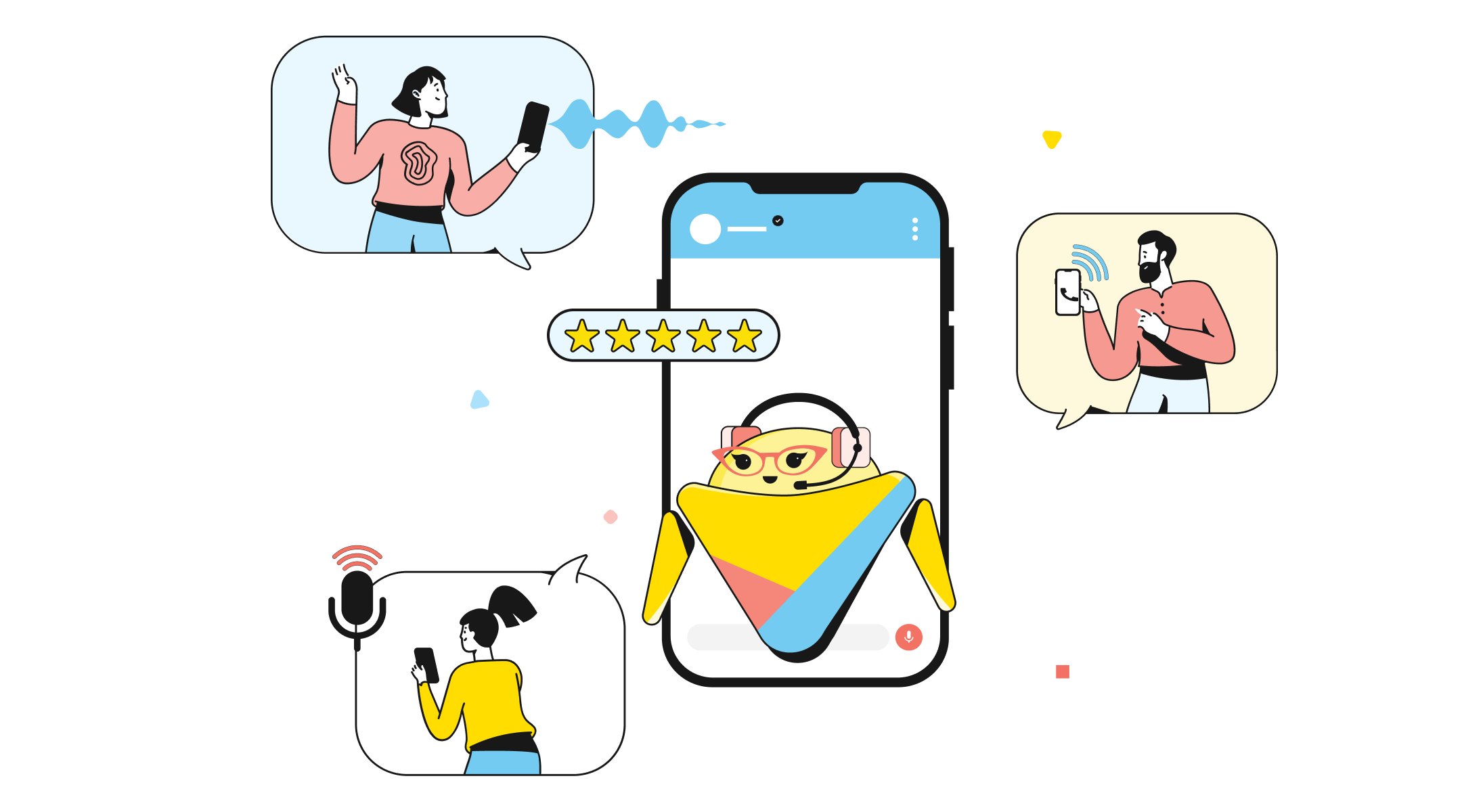Voice AI is a rapidly emerging technology that enables machines to understand and respond to human speech. Voice AI systems are built on a foundation of speech recognition, natural language processing, and machine learning algorithms. By leveraging these technologies, voice AI systems can provide a range of benefits for businesses, including the ability to automate tasks, improve customer service, and increase efficiency. Voice AI is also becoming increasingly popular with consumers, as it enables them to interact with devices in a more natural way. As voice AI technology continues to evolve, it will have a transformative impact on the way we live and work.
Yellow.ai is a pioneer in the conversational voice AI space. We provide the world’s leading platform for voice AI, allowing businesses to build and deploy voice AI applications quickly and easily while making customer conversations more human and real. We also offer a full suite of voice AI services, including development, training, and support. Our platform is used by some of the world’s largest businesses, and our mission is to make voice AI accessible to everyone.
As part of its Voice 2.0 product suite, Yellow.ai has created an exciting feature on “Latency Reduction for Swift Responses.” Before we delve deep on this feature, let’s take a step back and understand what latency is and its importance for customers and brands.
What is latency and why is it important for businesses?
We all understand that to make the conversations truly humanized and natural with end consumers, the voice bot needs to quickly and aptly respond to queries. The time between the customer query and the bot response is called Latency. The lower the latency is, the faster the response will be and the richer the customer experience will be.
At the same time, the bot should also allow the customers to complete what they are saying, understand their intent effectively and respond accordingly. If the voice bot takes a lot of time to respond, the customer may think that the bot is not adequately responsive and may drop off. This will lead to a poor customer experience and will have a negative impact on brand loyalty.
Why and how the latency gets high
In a typical customer–voice bot conversation, there are a series of steps that occur. First, the customer’s voice is converted to text through STT (speech-to-text) services. This converted text is read by the NLP engine to understand the user intent. Once the intent and query are understood, the NLP engine then accordingly gives a text response. This text response is converted back into a voice response to the customer through the TTS (text-to-speech) services of the platform. This process repeats for every customer-bot interaction during the entire conversation. Now the latency gets higher because the STT services are run on a static architecture and the STT conversion happens in a sequential fashion after the customer completes speaking every time.
Sample Recording – High Latency Conversation


Yellow.ai cuts latency by 50%
Yellow.ai engineers cracked the code in bringing down the latency of voice AI agents. The team deployed a truly dynamic architecture, with STT processing now done in parallel as the customer speaks.
With this, our teams have achieved a 50% reduction in latency (from an average latency of about 3.1 seconds to about 1.5 seconds) and thereby making the responses to customers much faster and more humanized.
Sample Recording – New and enriched low latency conversation


We shall clearly see the difference in the swiftness of the response with the new enriched sample recording compared to the earlier one, which leads to a fulfilling and delightful customer voice bot conversation. We firmly believe that today’s modern digital brands will benefit tremendously by deploying this technology to address their customer queries not only faster but also with a greater level of understanding of customer intent and an apt humanized response to their queries.
Yellow.ai voice AI agents are also adaptive to user interruptions by appropriately stopping and listening to what the customer is saying and then providing an effective and swift response, now powered by its advanced low latency levels!




















